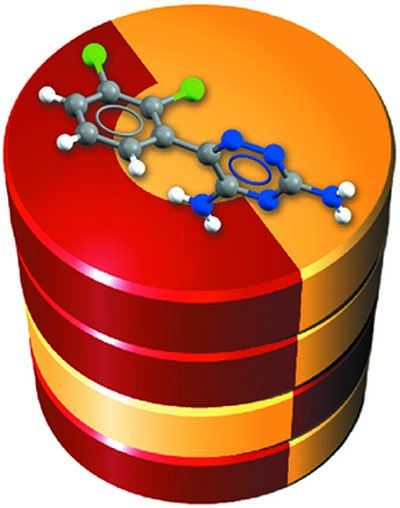New Cambridge Structural Database reference published
 A new definitive reference to the Cambridge Structural Database (CSD) has been published [Groom et al. (2016), Acta Cryst. B72, 171-179; doi:10.1107/S2052520616003954]. The article provides updated information on the use, development and future of this database.
A new definitive reference to the Cambridge Structural Database (CSD) has been published [Groom et al. (2016), Acta Cryst. B72, 171-179; doi:10.1107/S2052520616003954]. The article provides updated information on the use, development and future of this database.
In 2015 the number of entries in the CSD surpassed 800,000. This is twice the number of entries in the database less than a decade ago. Along with the significant number of new structures published per year, what has changed in the database is the complexity of the structures being published: the average number of atoms per structure and the average molecular weight have increased, and there has also been an increase in the proportion of structures that are polymeric or that have resolved disorder.
The database provides value in two distinct ways. The first simply relates to the aggregation and standardisation of structures and the second comes from the unique study of the collection of entries. Discoverability of data by chemists and biologists is enabled by establishing links to datasets from services such as ChemSpider and PubChem. Links from ChemSpider and PubChem have been established for over 52,000 compounds that could be reliably identified using the International Chemical Identifier Standard (InChI).
CSD community web services provide free access to the entire collection of individual structures. As well as these services there are a number of other avenues to explore and exploit the data, ranging from free lookup tools such as CellCheckSCD to advanced search, analysis and validation tools in the CSD-System. More specialist applications can be found in the CSD-Enterprise Suite.
Although the CSD contains all published crystal structures, it has been estimated that only 15% of structures determined are ever published. Automatic links in software used during structure determination, the ease with which structures can be deposited, attribution of credit in the form of a DOI and continued demonstration of the value to science of depositing crystal structures may help close this gap.
